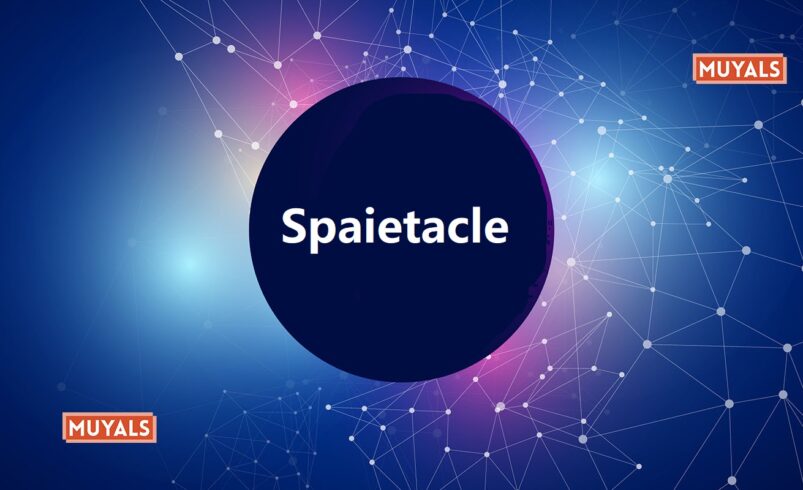Spaietacle: Redefining the Art of Modern Spectacle
- September 25, 2025
- 0
On a crisp autumn night in Paris, thousands gathered by the Seine for what was promised to be an unforgettable event. Suddenly, the city skyline transformed—waves of light
On a crisp autumn night in Paris, thousands gathered by the Seine for what was promised to be an unforgettable event. Suddenly, the city skyline transformed—waves of light

On a crisp autumn night in Paris, thousands gathered by the Seine for what was promised to be an unforgettable event. Suddenly, the city skyline transformed—waves of light danced across the water, projections wrapped historic buildings in surreal stories, and augmented reality allowed the audience to see mythical creatures flying through the night sky. It wasn’t just a show. It was something bigger, deeper, and profoundly human.
This wasn’t a traditional performance. It was a spaietacle a fusion of spectacle, technology, and immersive storytelling that redefines how we experience culture.
At its core, spaietacle is the next evolution of spectacle. It’s a cultural and technological phenomenon that combines traditional performance arts with cutting-edge innovations like projection mapping, augmented reality, virtual reality, artificial intelligence, and interactive design.
Unlike a typical stage show or concert, a spaietacle doesn’t just entertain—it immerses audiences, making them active participants in a shared story.
Human beings have always been drawn to grand displays. From the gladiator games in Rome’s Colosseum to the elaborate operas of 19th-century Europe, spectacles have long defined cultural milestones.
In the 21st century, spectacles evolved into global-scale performances like:
The difference? Traditional spectacles were passive experiences. Spaietacle makes the audience part of the show.
AR and VR are revolutionizing live events. From virtual concerts where fans worldwide attend as avatars, to AR-enhanced museum tours, these technologies make culture accessible and interactive.
👉 Example: In 2020, rapper Travis Scott’s Fortnite concert attracted over 12 million live viewers. This was not just a concert—it was a digital spaietacle.
Projection mapping transforms ordinary buildings and objects into living canvases. Cities like Berlin (Festival of Lights) and Lyon (Fête des Lumières) attract millions annually with immersive displays.
📊 According to Grand View Research, the global projection mapping market is expected to reach $8.0 billion by 2030.
AI personalizes performances by responding to audience reactions in real time. From generative music to adaptive stage lighting, AI makes spaietacle dynamic and unrepeatable.
👉 Example: Dubai Expo 2020 was a global spaietacle that showcased culture, architecture, and tech, drawing 24 million visitors.
| Aspect | Traditional Spectacle | Spaietacle |
|---|---|---|
| Audience Role | Passive observers | Active participants |
| Technology Use | Minimal | Integral (AR, AI, VR) |
| Accessibility | Limited to location | Global, via streaming |
| Emotional Depth | Visual awe | Immersion + interactivity |
📊 Statista reports that 78% of Gen Z prefers digital-first entertainment experiences compared to 45% of Baby Boomers.
The future will see hybrid experiences where digital and physical worlds merge seamlessly.
Predictions include:
👉 UNESCO’s 2023 report on cultural innovation highlights how technology-driven cultural events are essential for global connection.
From ancient amphitheaters to digital universes, humanity has always sought to be amazed. Spaietacle is not just entertainment it’s a cultural evolution. It merges technology with timeless storytelling, ensuring that even in a fragmented digital age, people come together to experience awe.
What makes a spaietacle different from a spectacle?
A spaietacle is immersive and interactive, powered by modern technology.
Are spaietacles only for big cities?
No. With VR and livestreaming, spaietacles are accessible worldwide.
Will spaietacles replace traditional events?
Not entirely. Instead, they’ll complement and expand traditional formats.
Can small creators produce spaietacles?
Yes, thanks to affordable AR/VR tools, even small-scale creators are joining the movement.
Visit More: Muyals